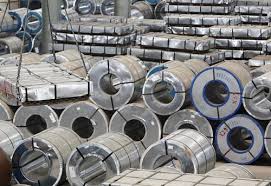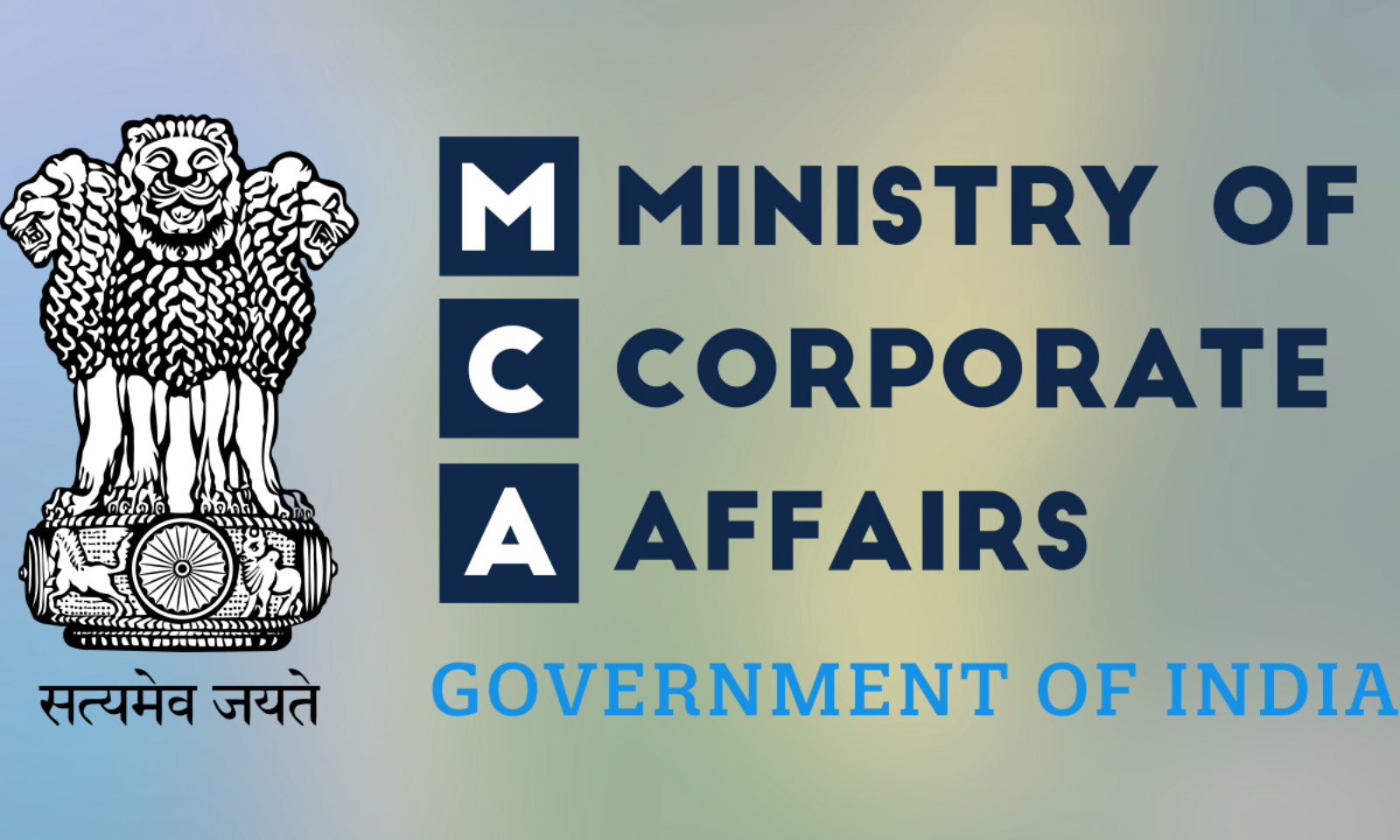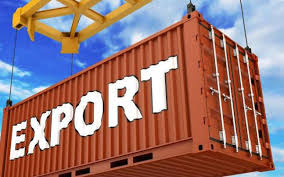Ministry of Steel has issued the Steel Scrap Recycling Policy. The policy aims to achieve the following objectives –
· To promote circular economy in the steel sector.
· To promote a formal and scientific collection, dismantling and processing activities for end of life products that are sources of recyclable (ferrous, non- ferrous and other non-metallic) scraps which will lead to resource conservation and energy savings and setting up of an environmentally sound management system for handling ferrous scrap.
· Processing and recycling of products in an organized, safe and environment friendly manner.
· To evolve a responsive ecosystem by involving all stakeholders.
· To produce high quality ferrous scrap for quality steel production thus minimizing the dependency on imports.
· To decongest the Indian cities from ELVs and reuse of ferrous scrap.
· To create a mechanism for treating waste streams and residues produced from dismantling and shredding facilities in compliance to Hazardous & Other Wastes (Management & Transboundary Movement) Rules, 2016 issued by MoEF & CC.
· To promote 6Rs principles of Reduce, Reuse, Recycle, Recover, Redesign and Remanufacture through scientific handling, processing and disposal of all types of recyclable scraps including non-ferrous scraps, through authorized centers / facility.
Steel Ministry’s endeavor is to develop a globally competitive steel industry by adopting state of the art environment friendly technologies. Ferrous Scrap being the primary raw material for EAF/ IF based steel production, the policy envisages a framework to facilitate and promote establishment of metal scrapping centers in India. This will ensure scientific processing & recycling of ferrous scrap generated from various sources and a variety of products. The policy framework shall provide standard guidelines for collection, dismantling and shredding activities in an organized, safe and environmentally sound manner.
Steel is a material most conducive for circular economy as it can be used, reused and recycled infinitely. While iron ore remains the primary source of steel making, used or re-used steel in the form of Scrap is the secondary raw material for the steel industry. Indian steel industry is characterized by the presence of a large number of small steel producers who utilize scrap with other inputs in EAF/IF for steel making. As on March 2019, 47 Electric Arc Furnaces & 1128 Induction Furnaces are operating in the country and largely depend upon scrap as a raw material to produce steel.
National Steel Policy 2017 (NSP-2017) aims to develop a globally competitive steel industry by creating 300 Million TPA Steel production capacity by 2030 with a contribution of 35-40% from EAF/IF route. Although, scrap is the main raw material for secondary sector but primary sector also uses Scrap in the charge mix of BOF to the tune of 15% to improve efficiency, minimize cost of production and other process needs. The availability of raw materials at competitive rates is imperative for the growth of the steel industry and to achieve NSP-2017 target. Thus, the availability of right quality of scrap, in adequate quantity is one of the critical factors for the future growth for both EAF/IF sector & primary sector.
Further, Scrap based steel making technologies have been envisaged as one of the important options to reduce GHG emission intensity. This shall feature as an important initiative of the steel sector to minimize Green House Gas (GHG) emissions. This shall also contribute in adopting the principle of 6Rs i.e. Reduce, Reuse, Recycle, Recover, Redesign and Remanufacture to avoid any adverse impact on the environment and strengthening the foundation of sustainable development.
There is a worldwide trend to increase steel production using scrap as the main raw material as recycling of scrap helps in conservation of vital natural resources besides other numerous benefits. The use of every ton of scrap shall save 1.1 ton of iron ore, 630 kg of coking coal and 55 kg of limestone. There shall be considerable saving in specific energy consumption also as the same will reduce from around 14 MJ/Kg in BF/BOF route to less than 11 MJ/ Kg in EAF/IF route, i.e. savings in energy by 16- 17%. It also reduces the water consumption and GHG emission by 40% and 58% respectively. Thus, the demand of steel scrap has increased considerably in the past globally from 367 mt in 2000 to 589 mt in 2017.
The availability of scrap is a major issue in India and in 2017 the deficit was to the tune of 7 million Tons. This was imported at the cost of more than Rs. 24,500 crores (approx.) in 2017-18. The gap between demand and supply is can be reduced in the future and the country may be self-sufficient by 2030. This is mainly because with the increase in consumption of steel in the recent past and ELVs, the generation of scrap is likely to be increased considerably. This scrap has to be channelized so that the same can be utilized for steel production in an environmentally friendly manner.
The scrapping policy shall ensure that quality scrap is available for the steel industry. Scrap is an important input for the electric furnaces. If quality scrap is provided as the charge to the electric furnaces, then the furnaces can produce high grade steel. High Grade Steel Scrap shall not have the impurities if processing is done with the scrap processing centres and by shredders etc. The high-grade steel scrap shall be recycled to produce high grade steel again, to be used in the industries such as equipment manufacturing, automobiles and other downstream industries. Scrap with less or no impurities shall result in better long products that are commonly used in construction industry and is common use steels. If better processed scrap is produced in the country, it shall result in not only import substitution of scrap but also import substitution of high-end steel that is currently imported in the country.
The current supply of scrap is 25 MT from the domestic unorganized scrap industry and 7 MT from import of scrap. There is potential to harness this 7 MT of scrap that is currently being imported from the domestic market itself. This shall require adequate collection centres, dismantling centres shall work in a hub-spoke model and feed to the scrap processing centres. To produce 7 MT more of scrap, the country shall require 70 scrap processing centres each with the capacity of 1 lakh tonnes; this is without disturbing the existing dismantling centres. The 70 scrap processing centres shall require about 300 collections and dismantling centres on the presumption that 4 collecting and dismantling centres cater to scrap processing centre.
And when the production of steel rises to 250 MT, as is envisaged in the National Steel Policy, then the requirement of scrap shall rise to 70-80 MT. This shall require about 700 scrap processing centres, that is 700 shredders. These shall in turn be fed by 2800-3000 collections and dismantling centres spread all over the country.
If one were to consider the employment generation potential of the scrap industry that would operate in the organized sector, it is considerable. Operating on the 4+1 hub and spoke model, where 4 collection and dismantling centres were to cater to the 1 scrap processing centre then 400 jobs would be created by one such composite unit. And for 70 units producing a total of 7 MT of scrap the potential for employment generation would be of 2800 persons. If the country was to produce 70 MT, as expected as per NSP 2017, the employment generation could be in the range of 3 lakh jobs. In addition, there would be skilling of persons, capacity building and training of Ragpickers, kabaddi-walas, aggregators. Employment would arise from the logistics support that the collection, dismantling and scrapping centres would require to move the material in and out of the centres and to the user industry.
Working Model
The increased production of vehicles and increased use of consumer durable white goods in the last two decades and their rapid obsolescence shall generate large quantities of end of life products. This shall result in generation of continuous flow of large ferrous scrap for recycling in steel production. To address the issue of collecting such end of life products for increasing scrap generation in India and also to structure the informal recycling sector based on environmental and scientific fronts, a hub and the spoke model is promulgated

An Inter-Ministerial Coordination Committee has been set up with Secretary, Ministry of Steel as Convener and Secretaries of Ministry of Road Transport & Highways (MoRTH), Department of Heavy Industry (DHI), Ministry of Environment, Forest & Climate Change (MoEF&CC), Department Revenue and Ministry of Labour & Employment as members. The mandate of the Committee is as under:
· Policy changes required for creating an organized steel scrapping eco system;
· Monitoring the operationalization and enforcement of relevant laws/regulations in this regard.
 Indian Industry Plus A Pratisrutiplus Suppliment
Indian Industry Plus A Pratisrutiplus Suppliment

















